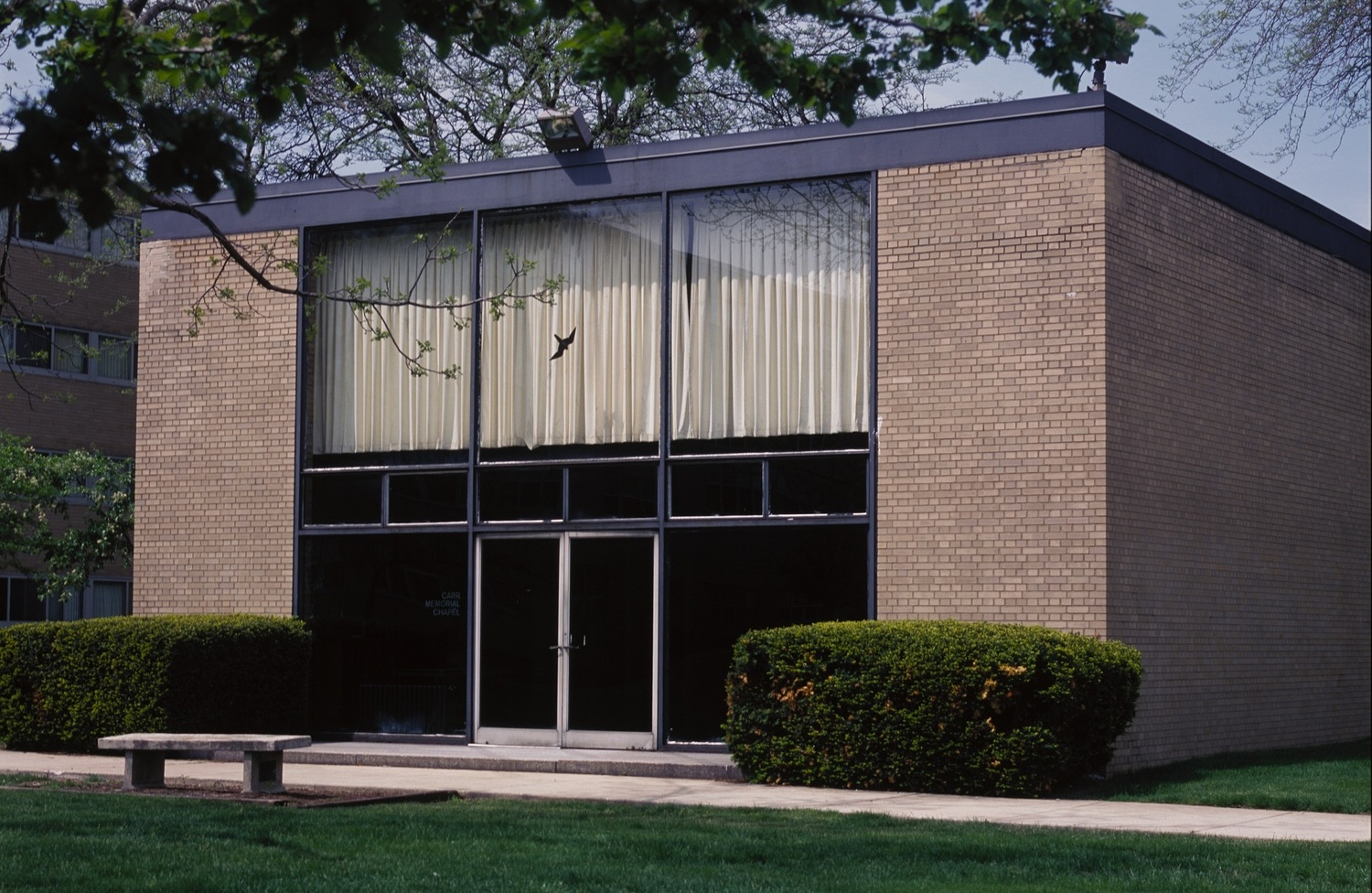“It is very necessary, in the outset of all inquiry, to distinguish carefully between Architecture and Building,” wrote John Ruskin in the opening chapter of The Seven Lamps of Architecture. The modern democratic spirit tends to resist this distinction. Surely all buildings can be architecture, the humble as well as the grand, the cottage as well as the cathedral? The problem with this well-meaning leveling out is not that it elevates the former but that it tends to lower the latter. When a utilitarian apartment block or office building is treated as architecture, that establishes a sort of benchmark in which repetition, functionality, and practicality become preeminent architectural virtues. What then is to distinguish the civic or religious monument? “Nothing” said Mies van der Rohe, whose severe logic required him to use a similar architectural language for both the chapel (above) and the heating plant at IIT. Less doctrinaire early twentieth century architects, who found themselves obliged to design both office buildings and cathedrals, remained cognizant of the difference. Their commonsense solution was to introduce Architecture piecemeal. A factory building might get a classical entrance portal; a department store display window might warrant a special surround. In an office tower, the Architecture might be limited to the lower two floors, or the lobby, while the upper floors were left plain, whereas a more significant building, a public library or a concert hall, would get wall-to-wall treatment. It still seems like a useful compromise.

